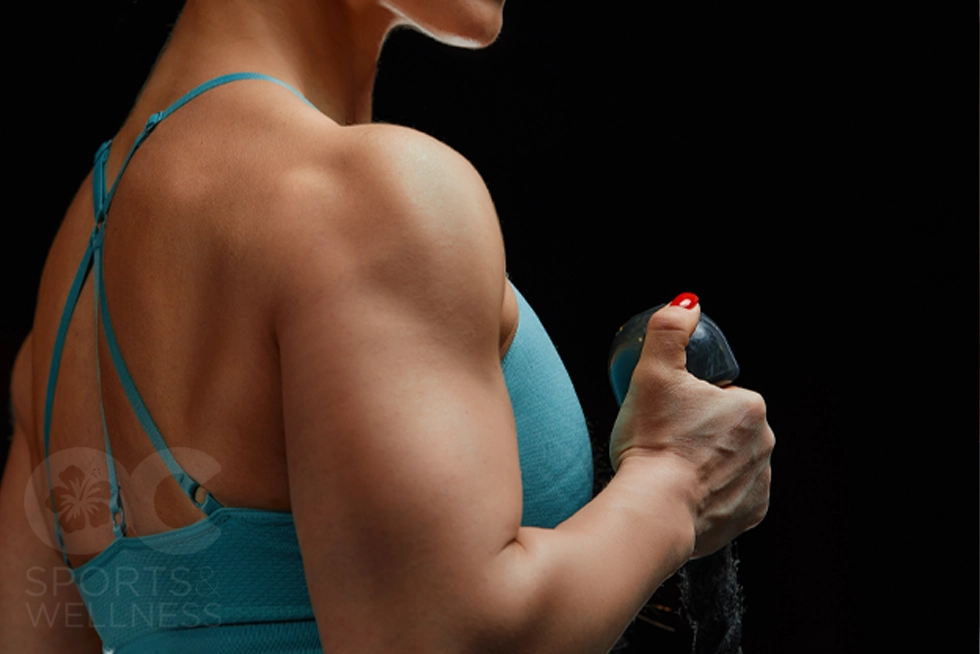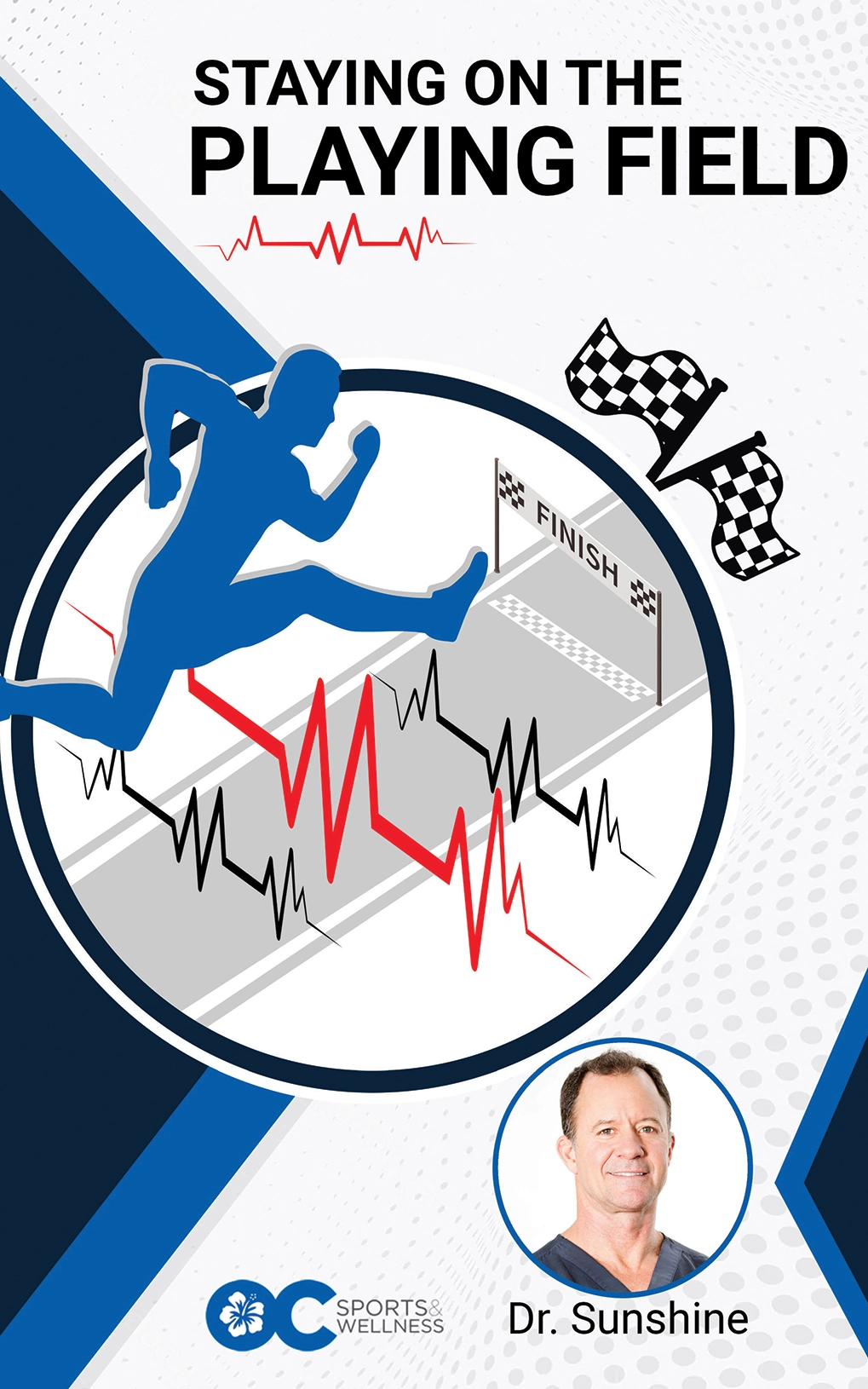What Patients Should Know About Dextrose Prolotherapy for Rotator Cuff Pain
If shoulder pain from a rotator cuff problem is slowing you down, you’re not alone. Many people try rest, physical therapy, or anti-inflammatory injections and still struggle with pain when lifting, reaching, or sleeping. One non-surgical option gaining attention is dextrose prolotherapy—a series of targeted injections designed to encourage your body’s own healing response. This article explains what it is, what recent research shows, who it may help, and what to expect if you’re considering treatment at OC Sports and Wellness in Orange County.
Quick takeaways
- Dextrose prolotherapy uses a small amount of medical-grade sugar (dextrose) injected near sore or weakened tendon and ligament areas to stimulate repair.
- A 2025 systematic review and meta-analysis of randomized trials found meaningful improvements in pain and shoulder function for rotator cuff disorders, with no significant adverse effects reported.
- Benefits often build over a series of sessions and are typically combined with a tailored rehabilitation plan.
- Prolotherapy is non-surgical and can be considered if you want to avoid steroids or didn’t improve enough with standard care.
First, a quick refresher: What is the rotator cuff?
Your rotator cuff is a group of four muscles and their tendons that keep the ball of your upper arm centered in the shoulder socket. It helps you lift, reach, and rotate your arm. Overuse, repetitive strain, or age-related changes can cause tendon irritation, partial tears, and pain—especially with overhead movements or at night.
What exactly is dextrose prolotherapy?
“Prolotherapy” means proliferation therapy—treatment aimed at kick-starting tissue repair. During a session, our clinician injects a low-concentration dextrose solution at precise points where tendons and ligaments attach or in painful soft-tissue areas. The mild, localized irritation from dextrose is thought to trigger a controlled healing cascade, characterized by increased local blood flow, growth factors, and collagen remodeling. Over time, this may help tissues become stronger and less painful.
What does the newest research say?
A 2025 systematic review and meta-analysis pooled data from randomized clinical trials comparing dextrose prolotherapy with options such as platelet-rich plasma (PRP), corticosteroid injections, physical therapy, or placebo. Across 13 studies and 936 participants, dextrose prolotherapy was associated with:
- Reduced pain (mean difference −0.76 on standardized pain scales).
- Improved function (about −8.6 points on the Shoulder Pain and Disability Index, where lower scores mean better function).
- Better tendon appearance on ultrasound in some studies.
- No significant adverse effects were reported in the included trials.
The authors concluded that dextrose prolotherapy is a feasible, potentially effective non-surgical option for rotator cuff disorders, while also calling for more high-quality studies and consistent treatment protocols to refine best practices.
How does prolotherapy compare to other options?
- Versus rest and standard care: Prolotherapy may add pain and function gains when symptoms persist despite activity modification, home care, or basic therapy.
- Versus steroid injections: Steroids can calm inflammation quickly, but may not promote tissue repair and can have downsides with repeated use. Prolotherapy aims to build tissue resilience over time. (Trials have compared these approaches; more research helps clarify who benefits most.)
- Versus PRP: PRP uses your own platelets and is often more costly. Some trials have found similar outcomes between PRP and prolotherapy in rotator cuff conditions; however, protocols vary, and further head-to-head research is ongoing.
- Versus surgery: For many partial-thickness tears and tendinopathy, surgery is not the first step. Non-surgical strategies, including prolotherapy plus progressive rehab, may help you avoid or delay an operation.
Who might be a good candidate?
Prolotherapy may be considered if you have:
- Rotator cuff tendinopathy or a partial-thickness tear confirmed by exam and, when needed, imaging.
- Persistent pain or weakness with lifting, reaching, or sleeping on the shoulder.
- Limited progress after a reasonable trial of activity changes and guided physical therapy.
- A preference to avoid steroids or surgery where appropriate.
It may be less suitable if you have an active infection, uncontrolled bleeding issues, a full-thickness, retractable tear that requires surgical management, or if our clinician identifies another condition that warrants a different approach.
What happens during a prolotherapy session?
- Evaluation and planning: Dr. Sunshine reviews your history, examines your shoulder, and (if indicated) uses ultrasound to target the most relevant sites.
- Injection: A small amount of dextrose solution is injected at specific points around the rotator cuff and related structures. Local anesthetic is typically used for comfort.
- Right after: Expect temporary soreness or a “worked-out” feeling for a day or two—that’s part of the intended healing response.
- Rehab matters: You’ll follow a personalized activity and exercise plan that progresses as symptoms improve.
- Series of visits: Many patients receive 2–4 sessions spaced several weeks apart; your plan may be adjusted based on response.
Safety and side effects
Across the trials in the 2025 review, no significant adverse effects were reported. The most common experiences are brief soreness, stiffness, or bruising at injection sites. As with any injection, rare risks include infection, bleeding, nerve irritation, or allergic reaction. Dr. Sunshine will review your medications and medical history to reduce risk.
How soon will I feel better?
Some people notice improvement within a few weeks, while others see steady gains over the course of the injection series and rehab program. Because prolotherapy aims to stimulate healing rather than simply numb pain, the benefits are typically gradual and cumulative. Staying consistent with your home exercises is key.
Frequently asked questions
Does it work for full-thickness tears?
Prolotherapy may help symptoms in some partial tears and degenerative tendon problems. Full-thickness retracted tears often require a surgical discussion. Your evaluation will clarify the best path.
Will I still need physical therapy?
Most patients achieve optimal results when prolotherapy is combined with a structured rehabilitation plan to restore strength, endurance, and proper shoulder mechanics.
How is prolotherapy different from “just another shot”?
Unlike numbing medicine or steroids that only temporarily reduce inflammation, dextrose prolotherapy is designed to stimulate a healing response and support tissue quality over time.
Prolotherapy at OC Sports and Wellness (Orange County)
At OC Sports and Wellness, Dr. Sunshine comprehensively evaluates your shoulder, discusses all appropriate options—including exercise therapy, activity modification, injections (such as dextrose prolotherapy), and, when necessary, surgical referral—and builds a clear plan that aligns with your goals and timeline. If prolotherapy is right for you, we’ll guide you through each step, coordinate your rehab, and track progress so you know what’s improving and why.
Sources
Systematic review and meta-analysis on dextrose prolotherapy for rotator cuff disorders (2025), Indian Journal of Anaesthesia; abstract accessed via Read by QxMD and PubMed.
We hope this information is helpful. At OC Sports and Wellness in Orange County, we understand the importance of balancing your health with a busy lifestyle. That’s why we offer convenient options for scheduling visits, texting, or video chatting with Dr. Sunshine. Let’s work together towards your well-being! Please feel free to contact us at 949-460-9111.

Our sports medicine practice is within driving range of Aliso Viejo, Anaheim, Brea, Buena Park, City of Orange, Costa Mesa, Cypress, Dana Point, Fountain Valley, Fullerton, Garden Grove, Huntington Beach, Irvine Sports Medicine, La Habra, La Palma, Laguna Beach, Laguna Hills, Laguna Niguel, Laguna Woods, Lake Forest, Los Alamitos, Mission Viejo, Newport Beach, Placentia, Rancho Santa Margarita, San Clemente, San Juan Capistrano, Santa Ana, Seal Beach, Stanton, Tustin, Villa Park, Westminster, and Yorba Linda. We look forward to seeing you soon!
Disclaimer: The information above is educational and not a substitute for personalized medical advice. Outcomes vary. Always consult a qualified healthcare professional to determine the best treatment for your condition.


